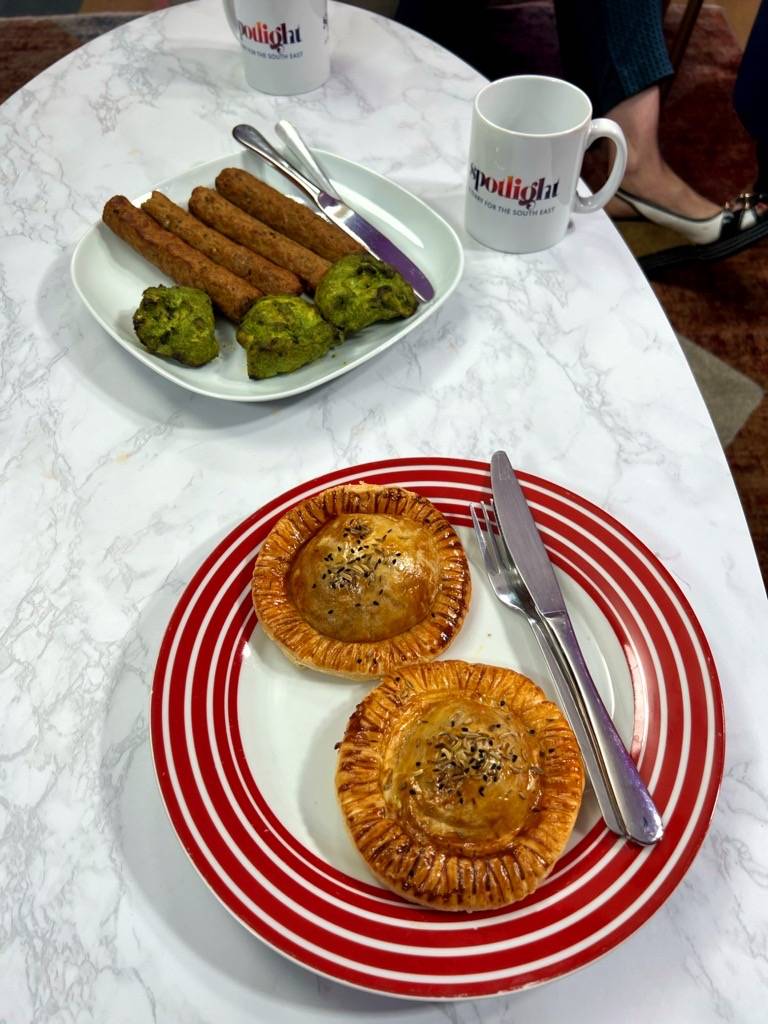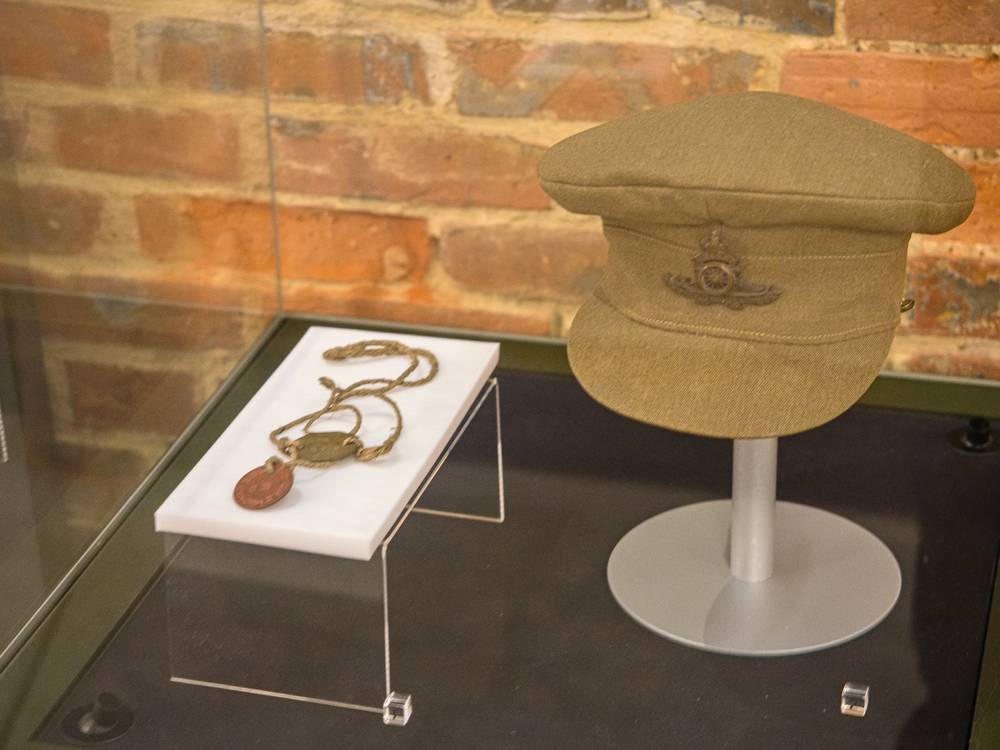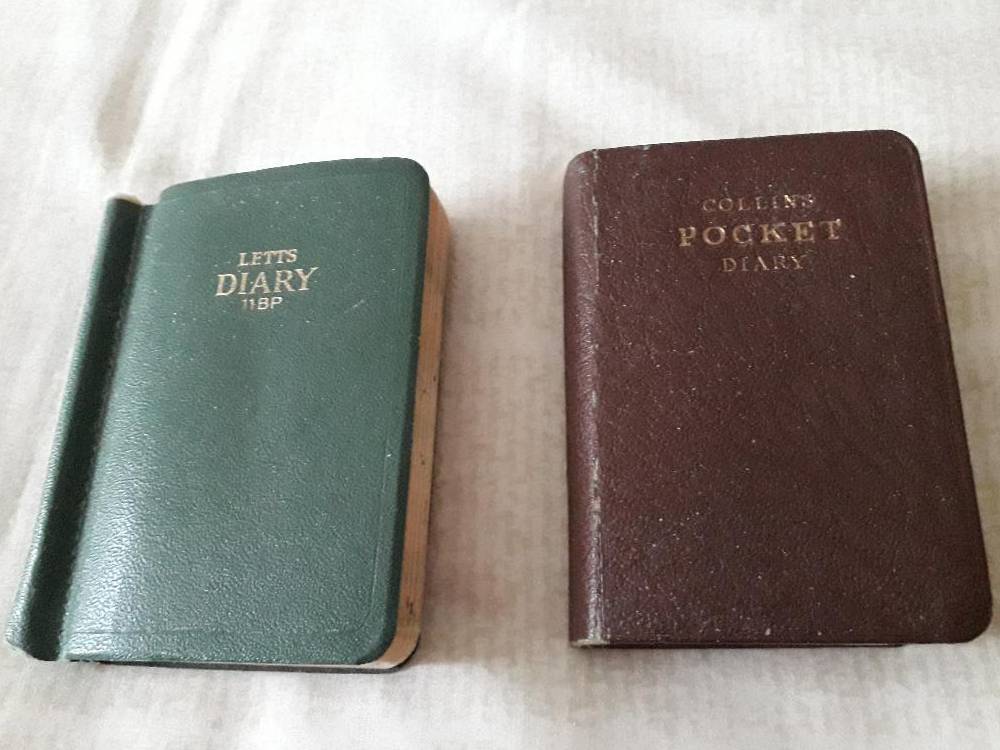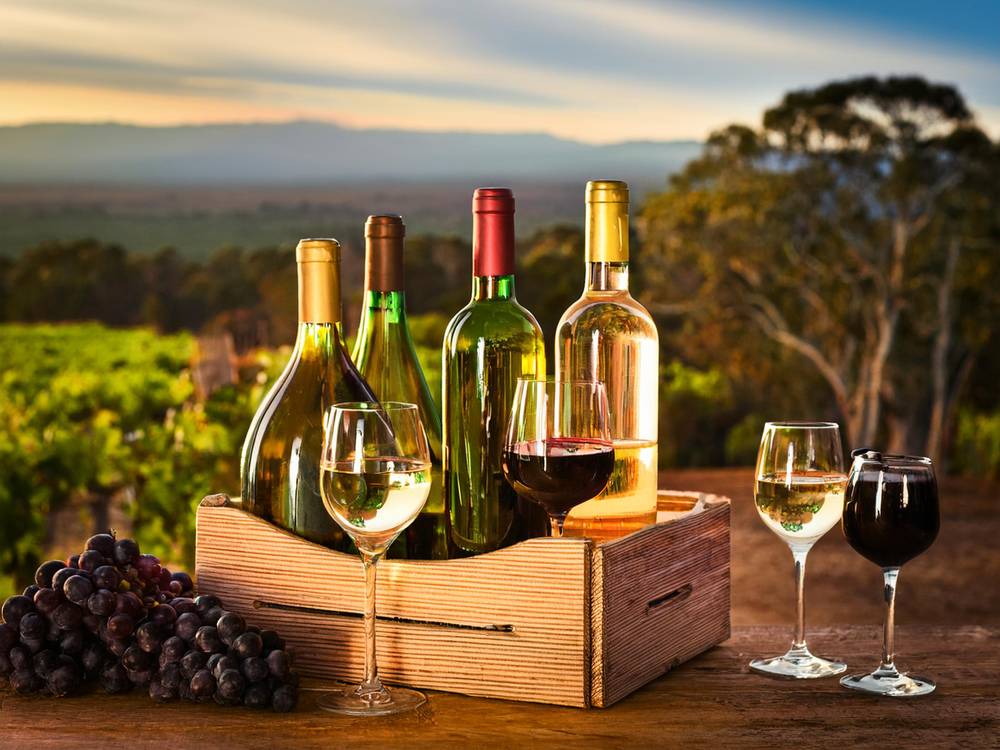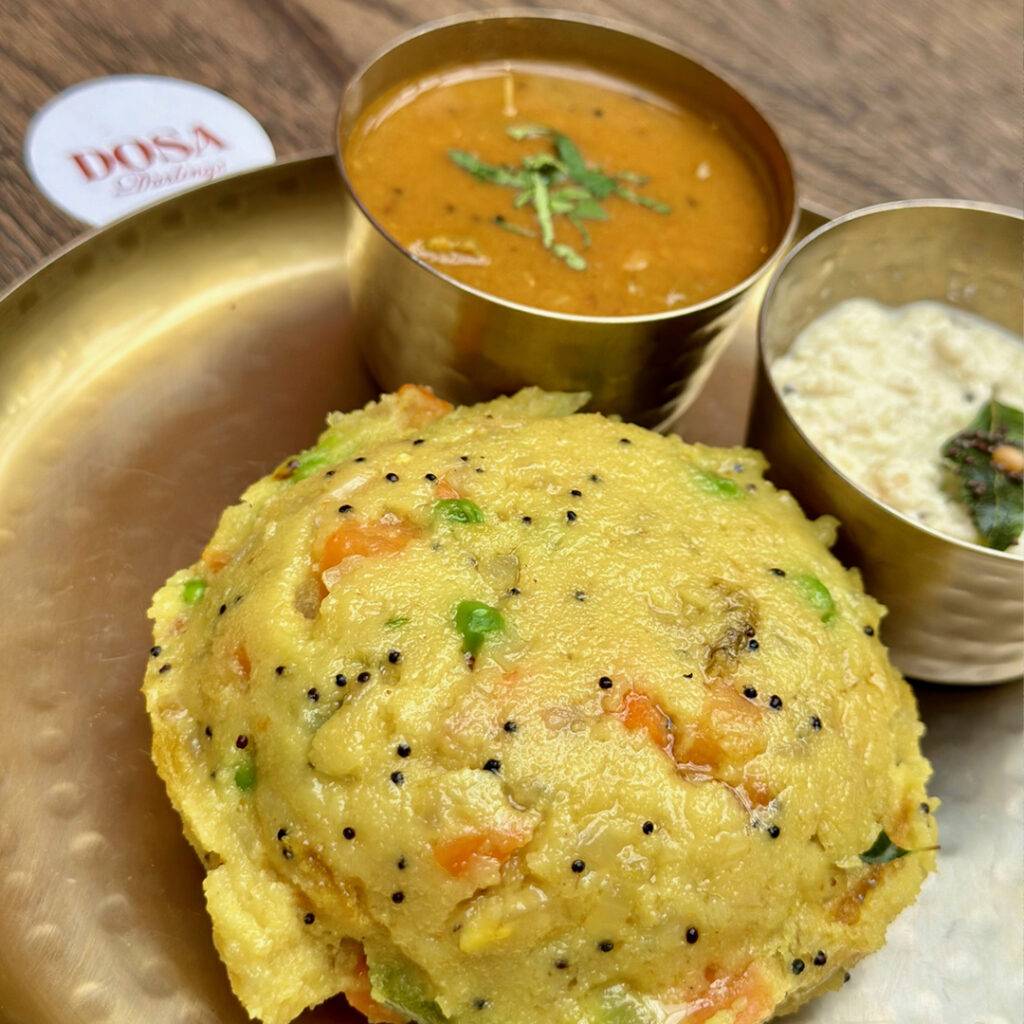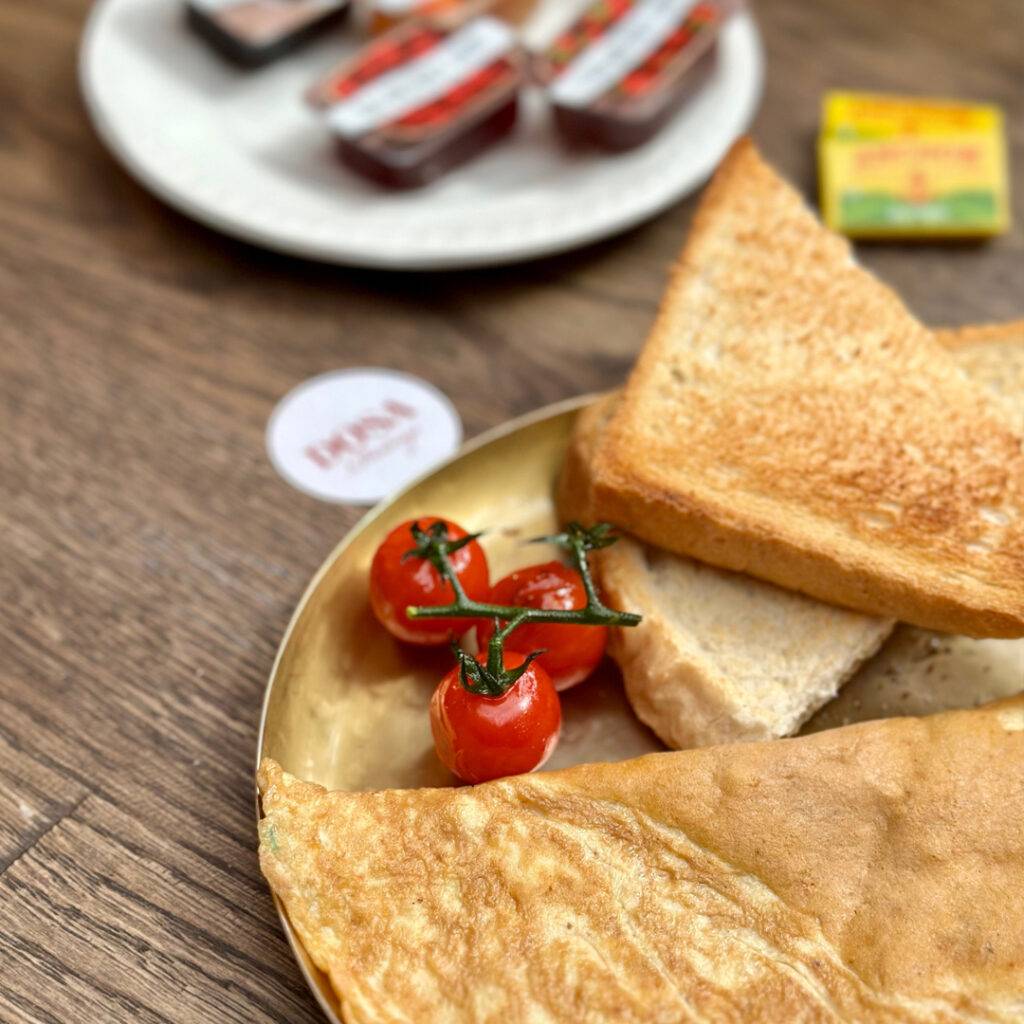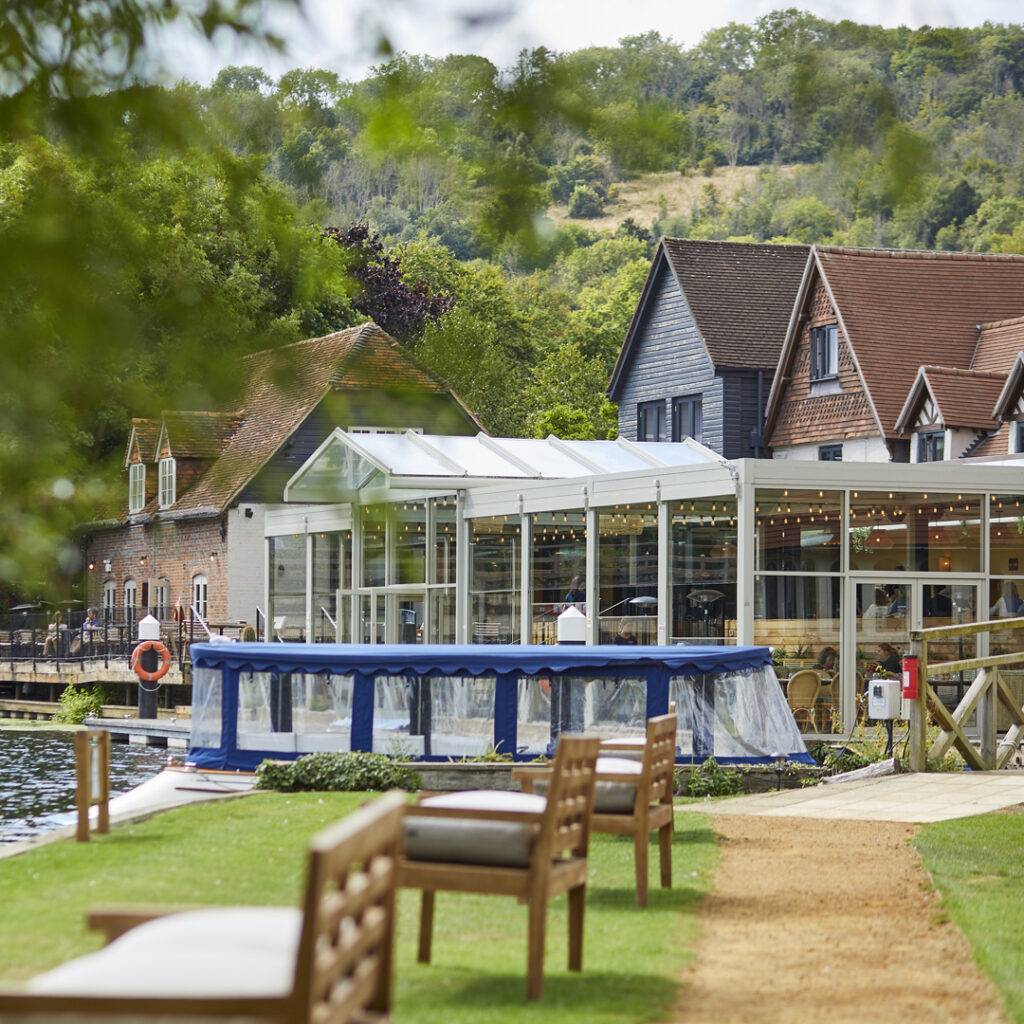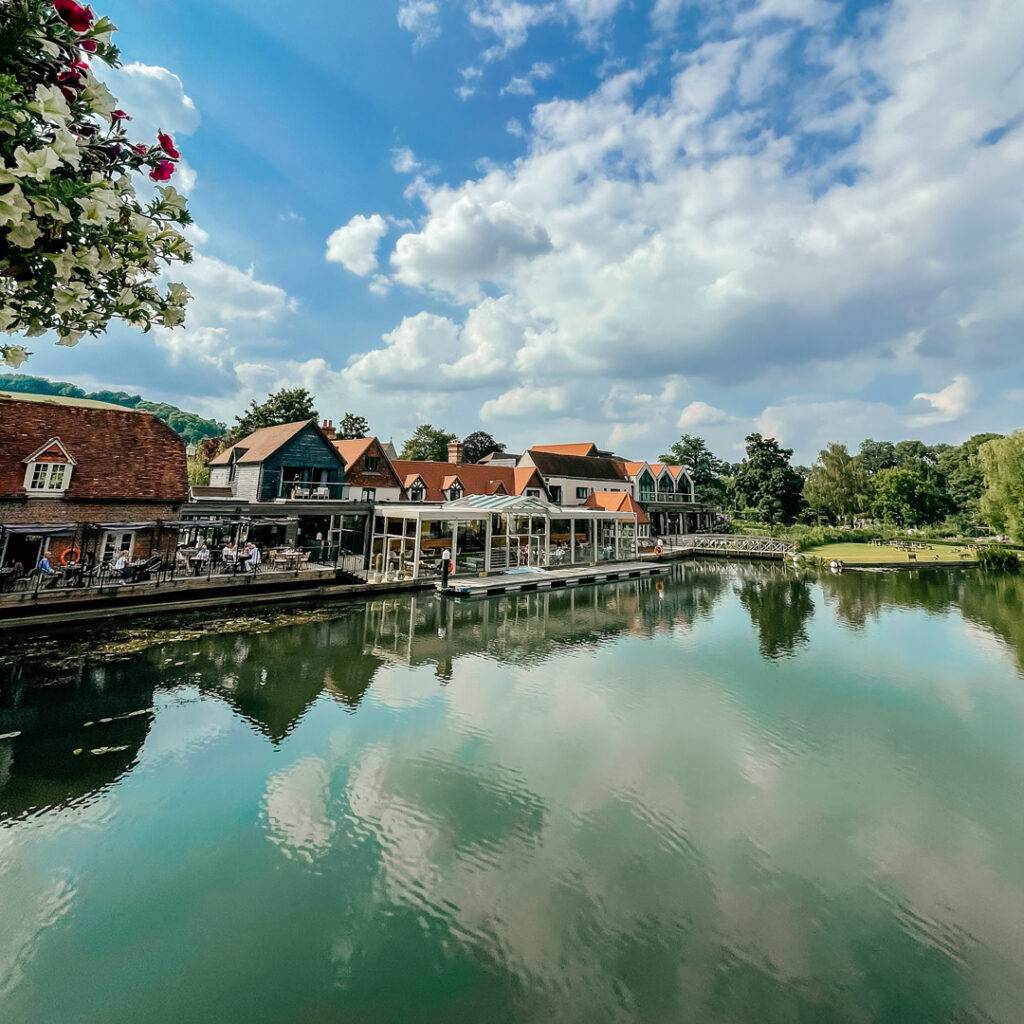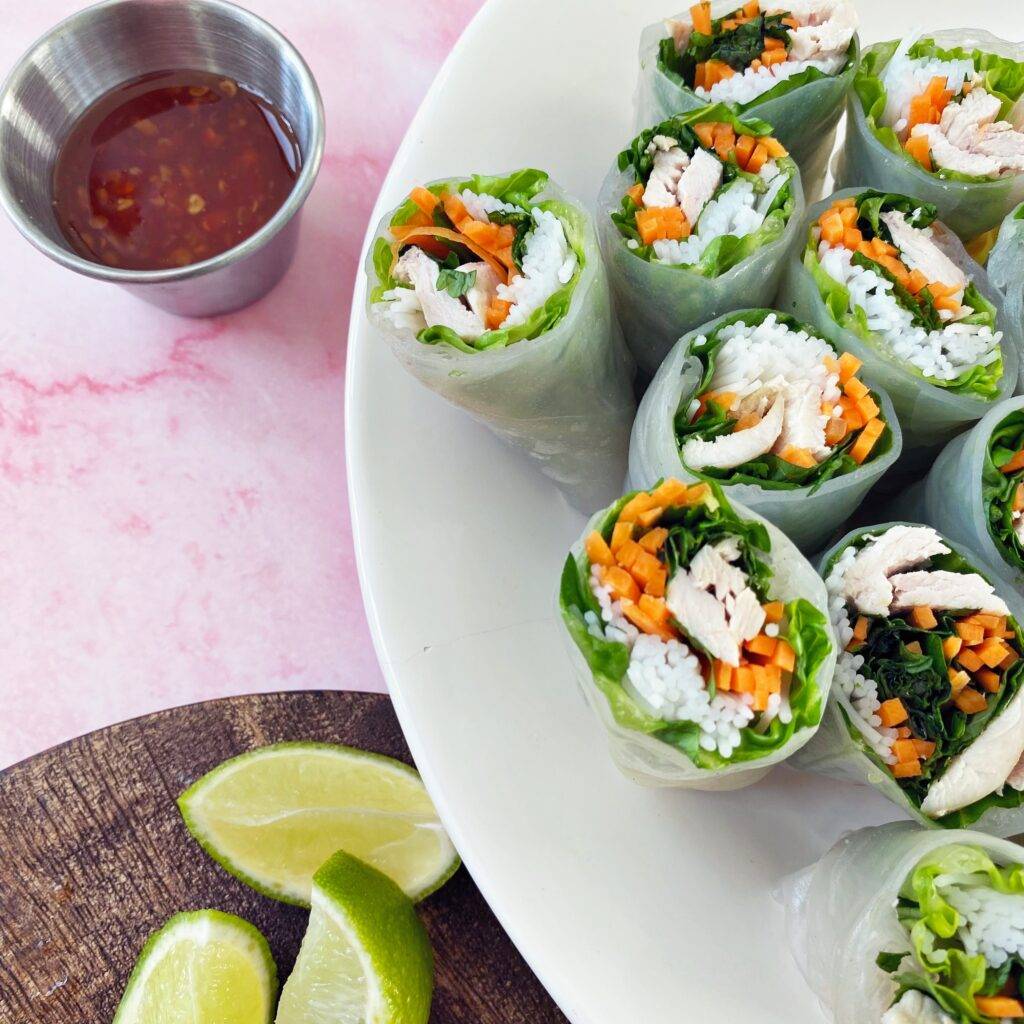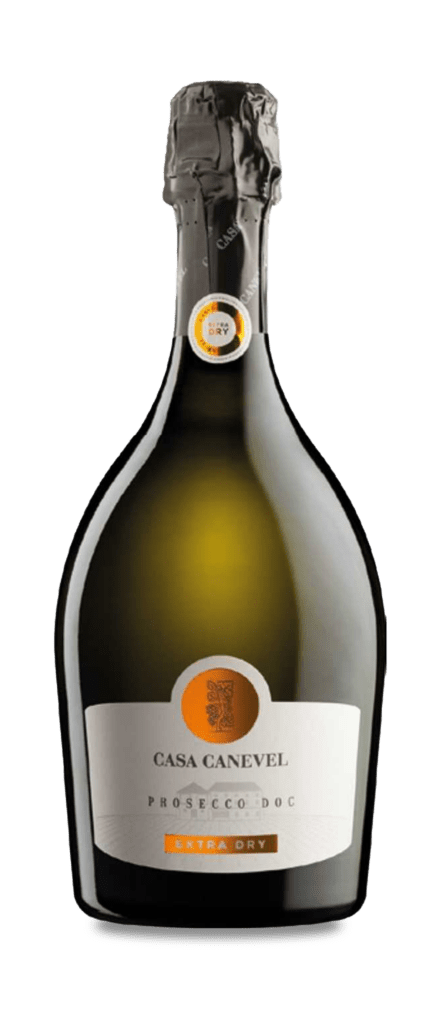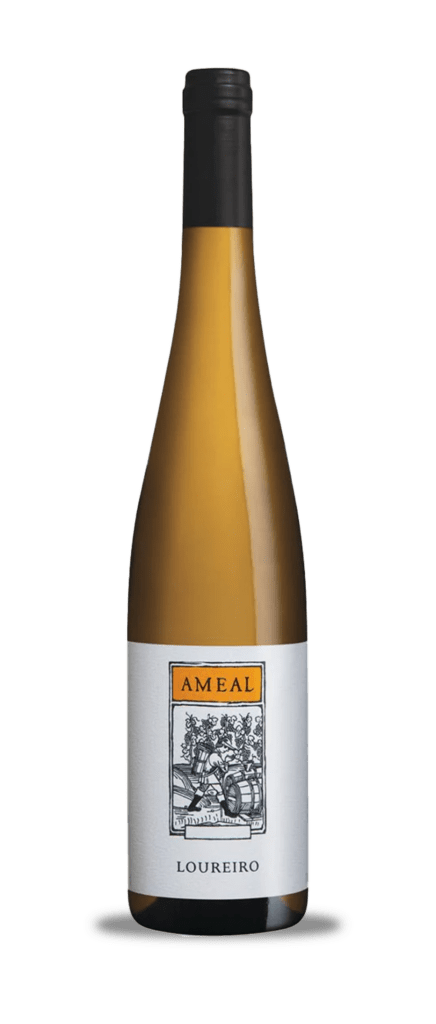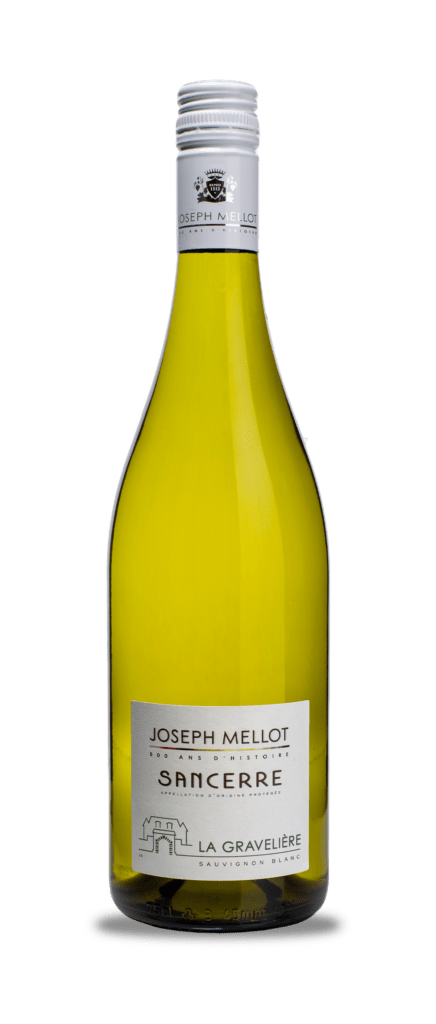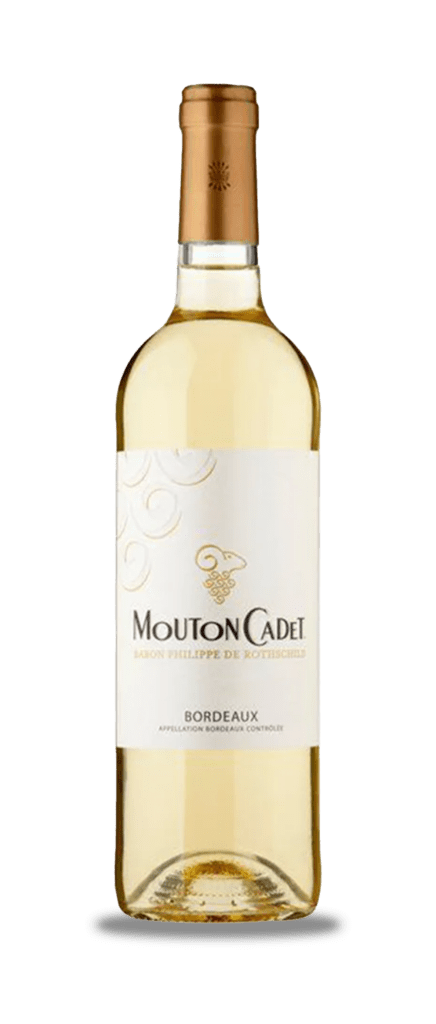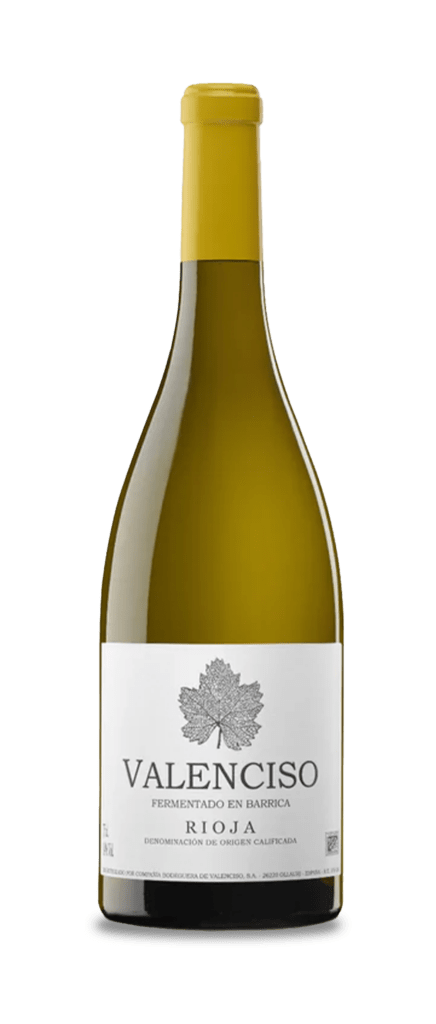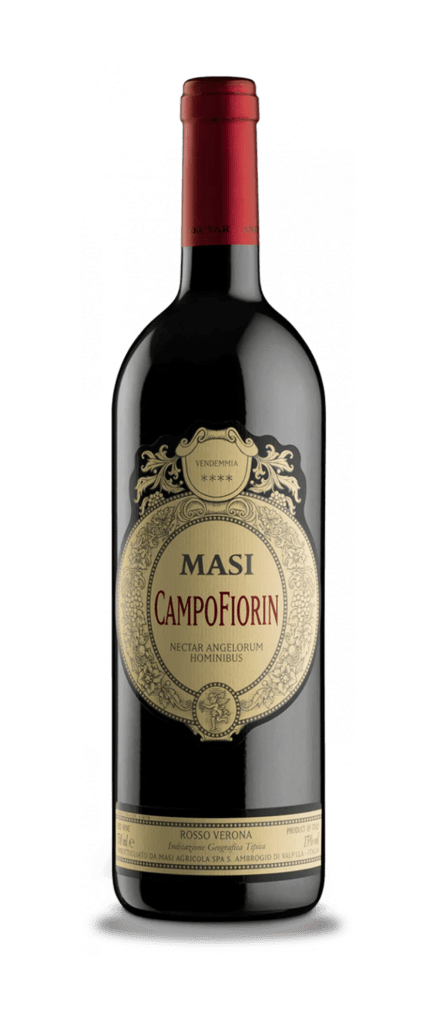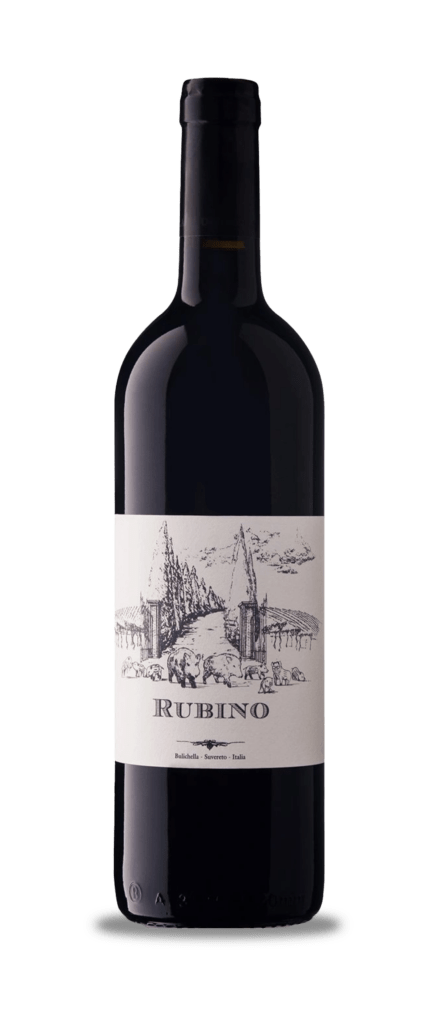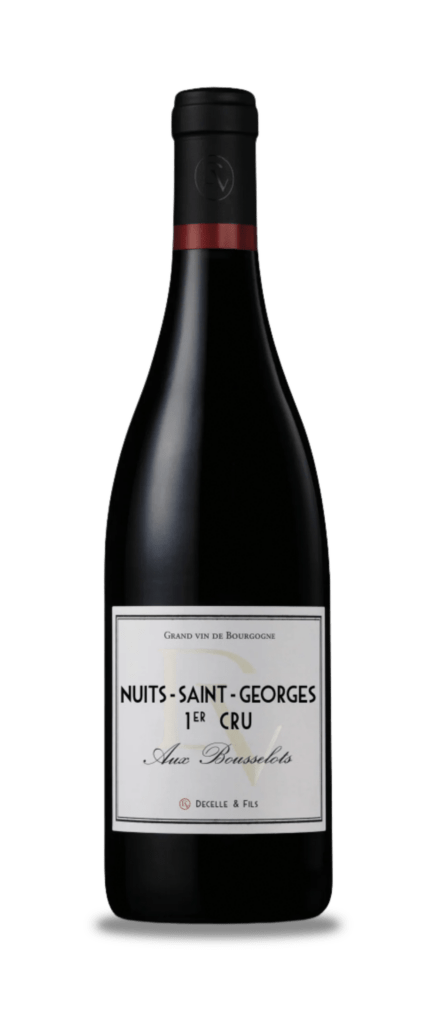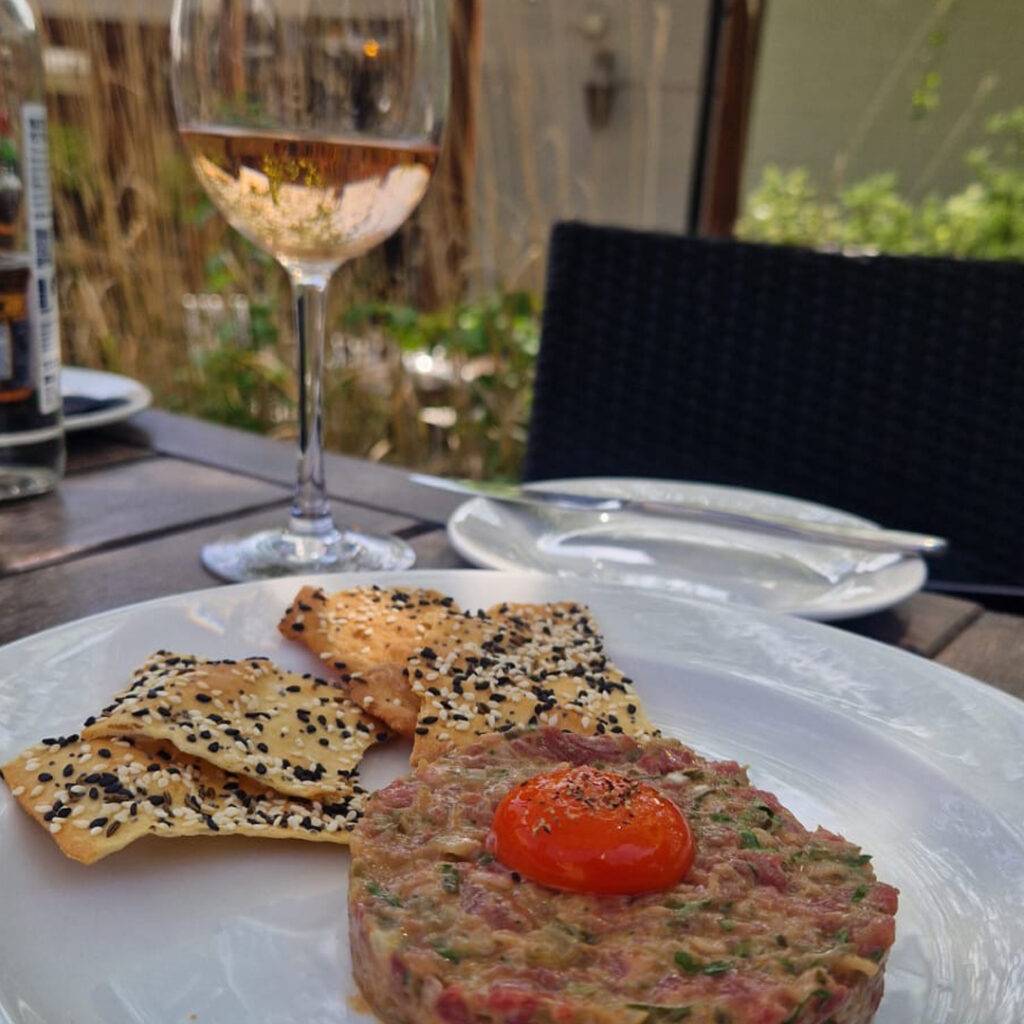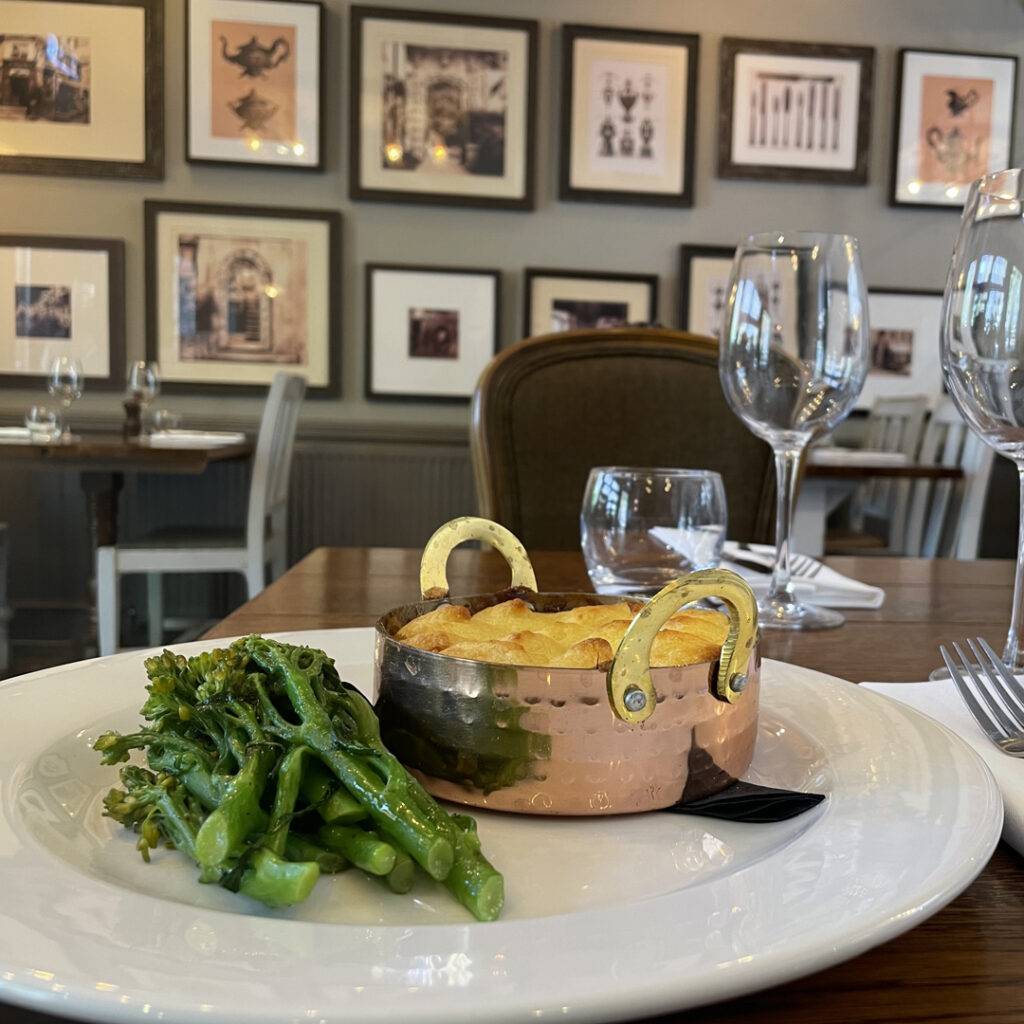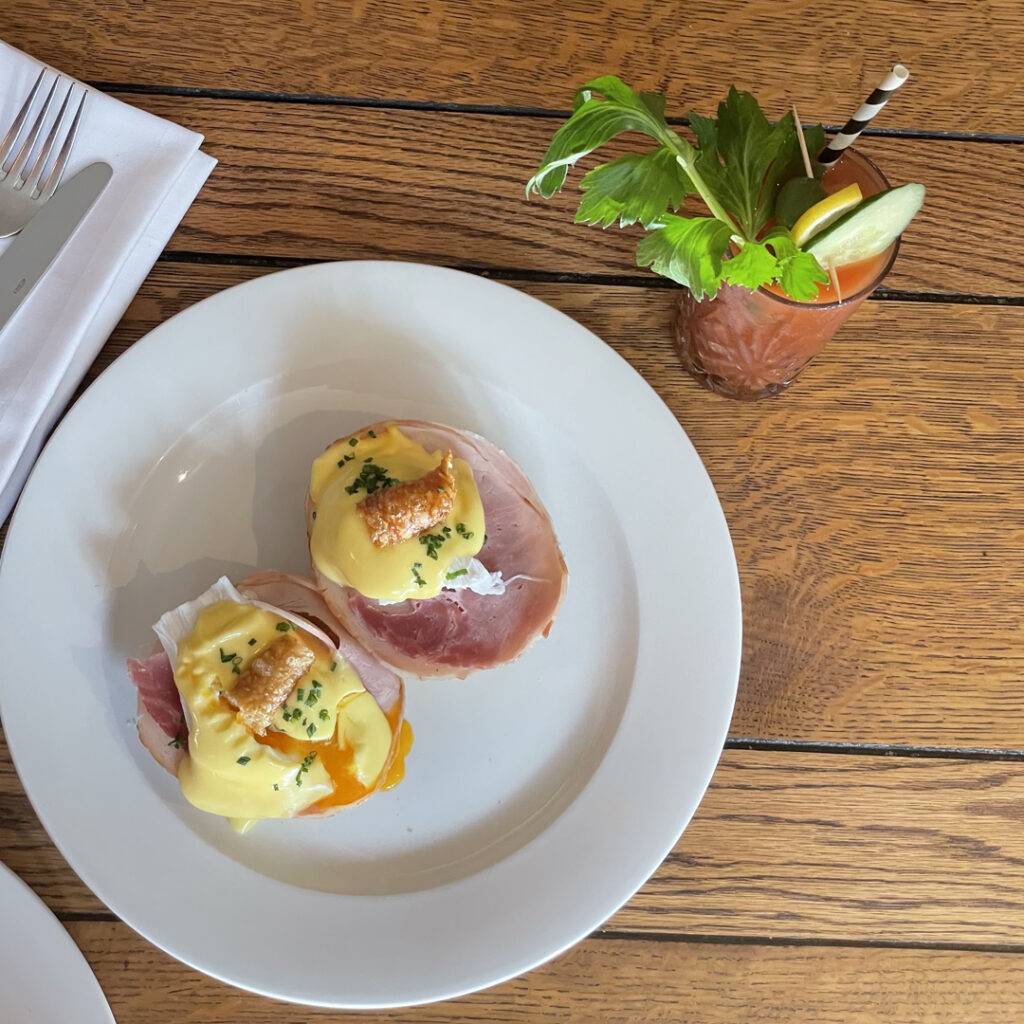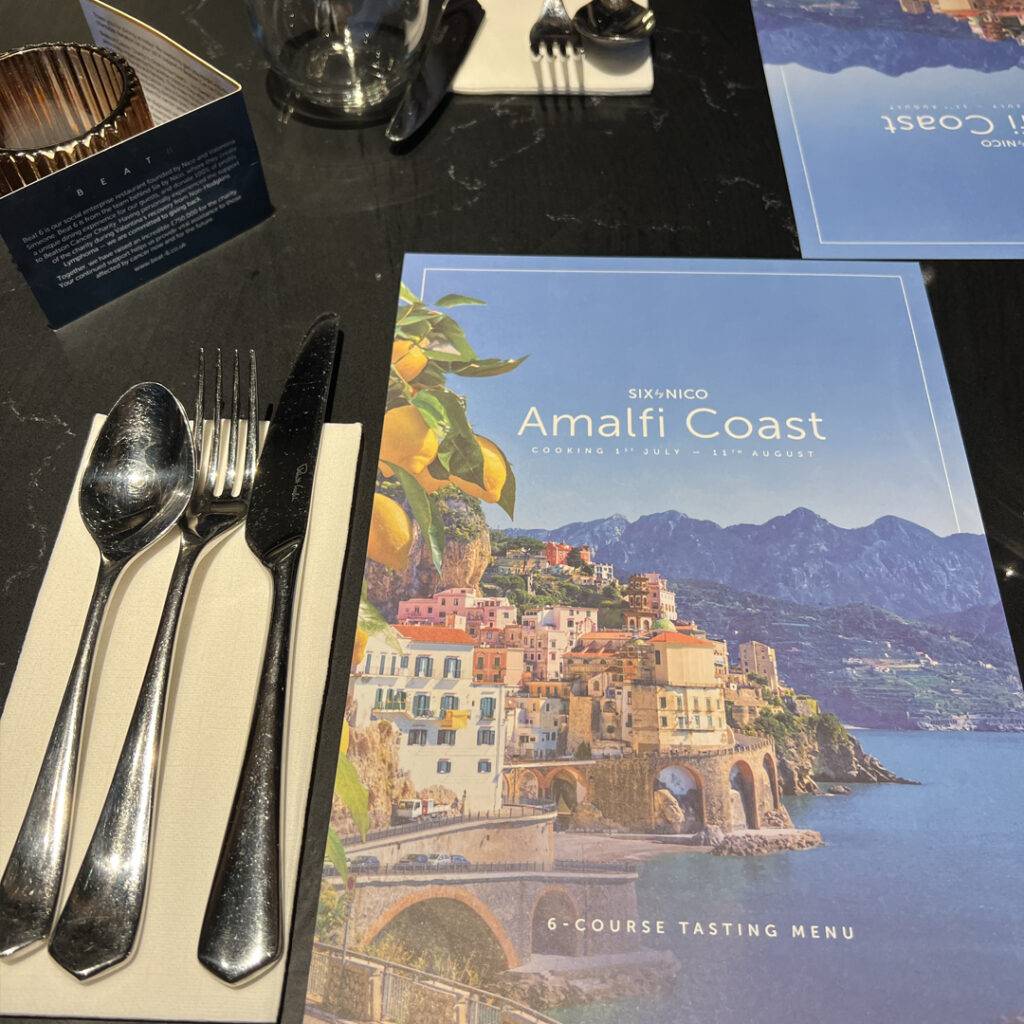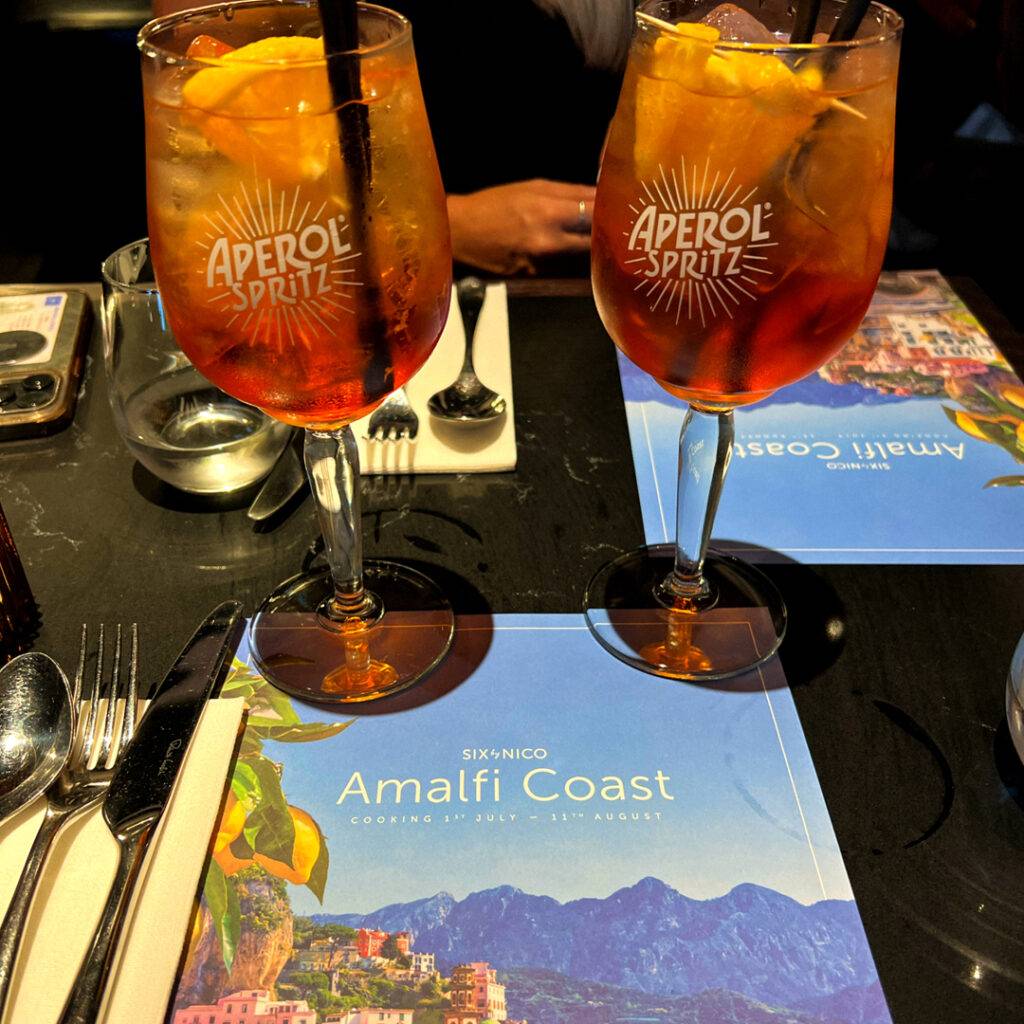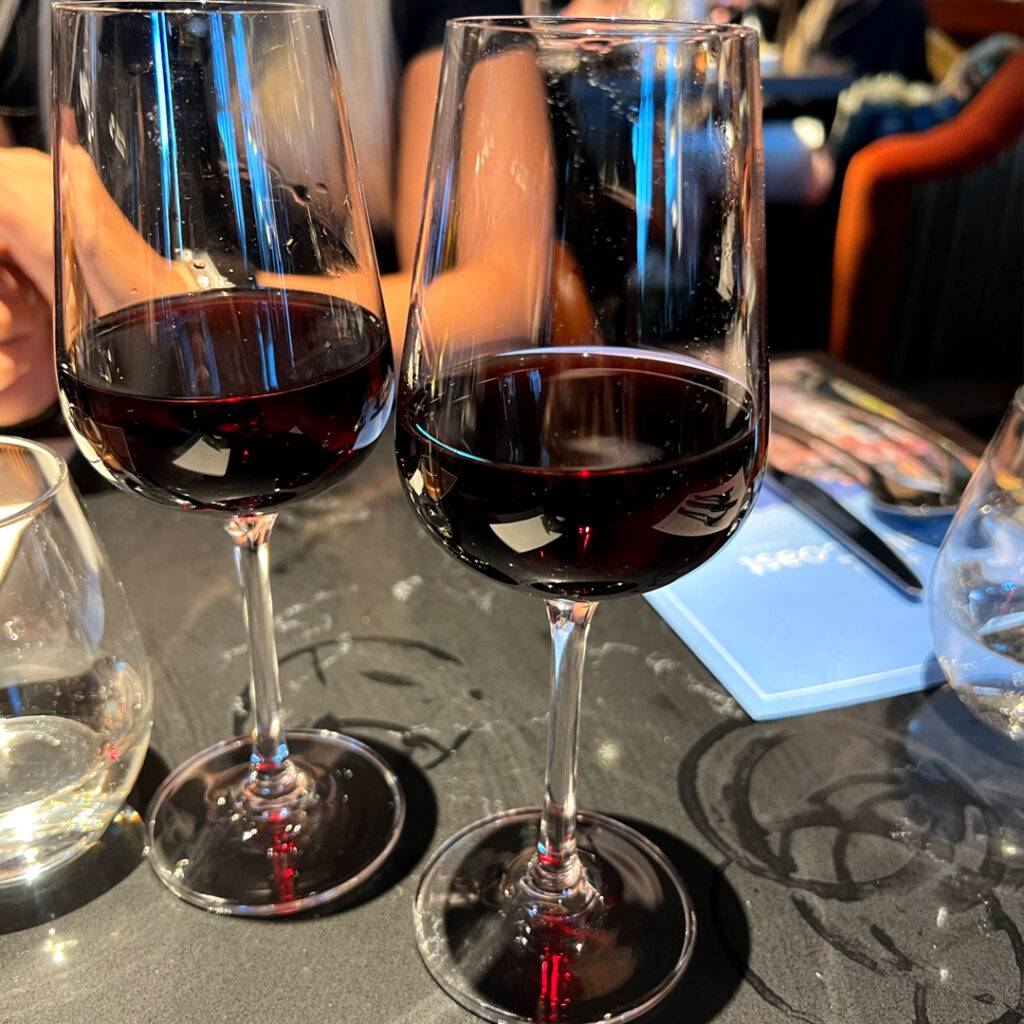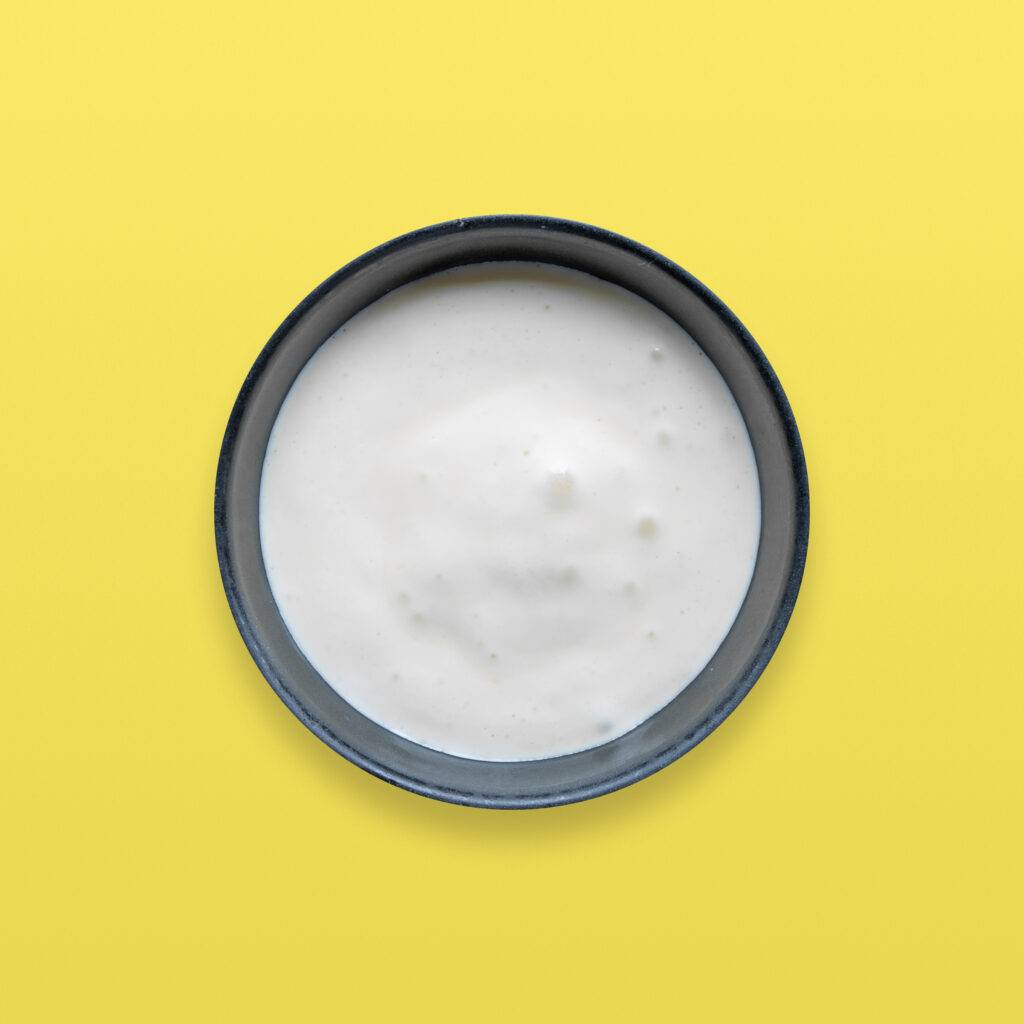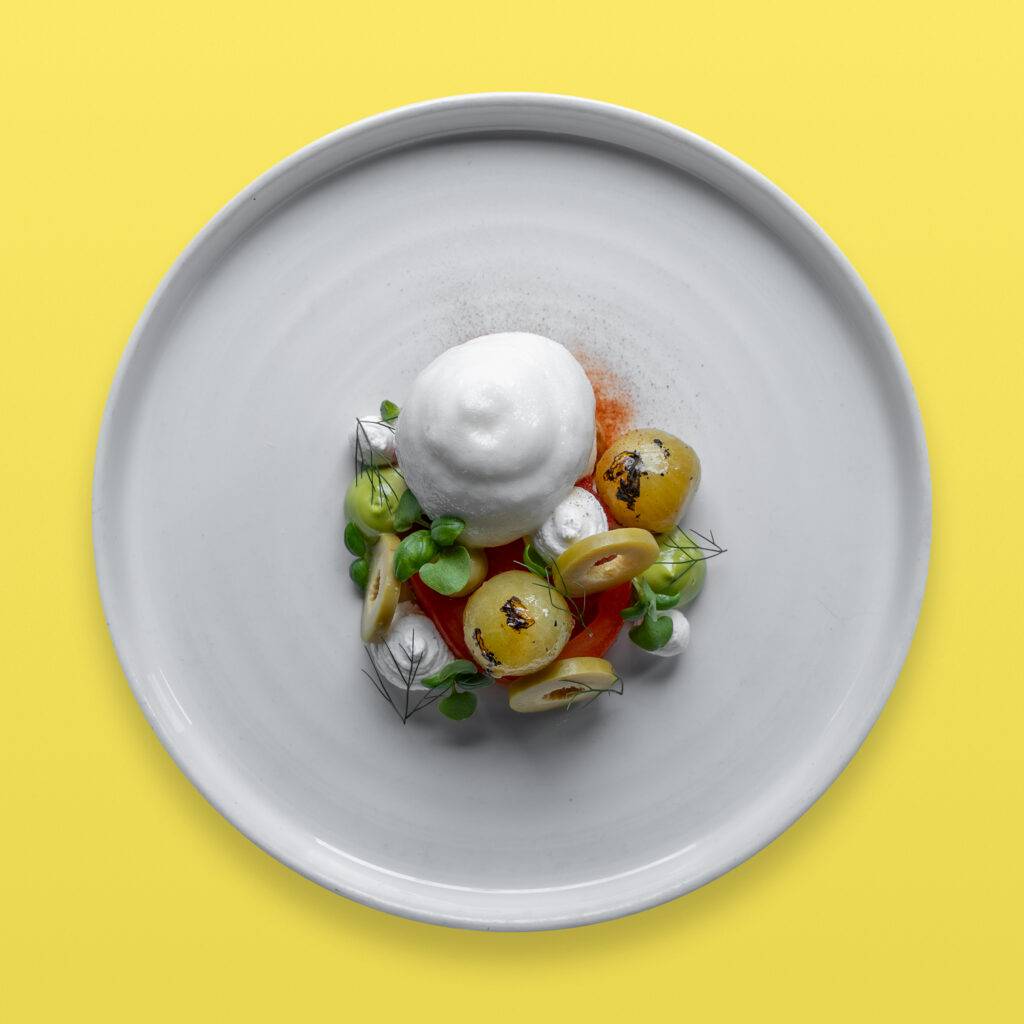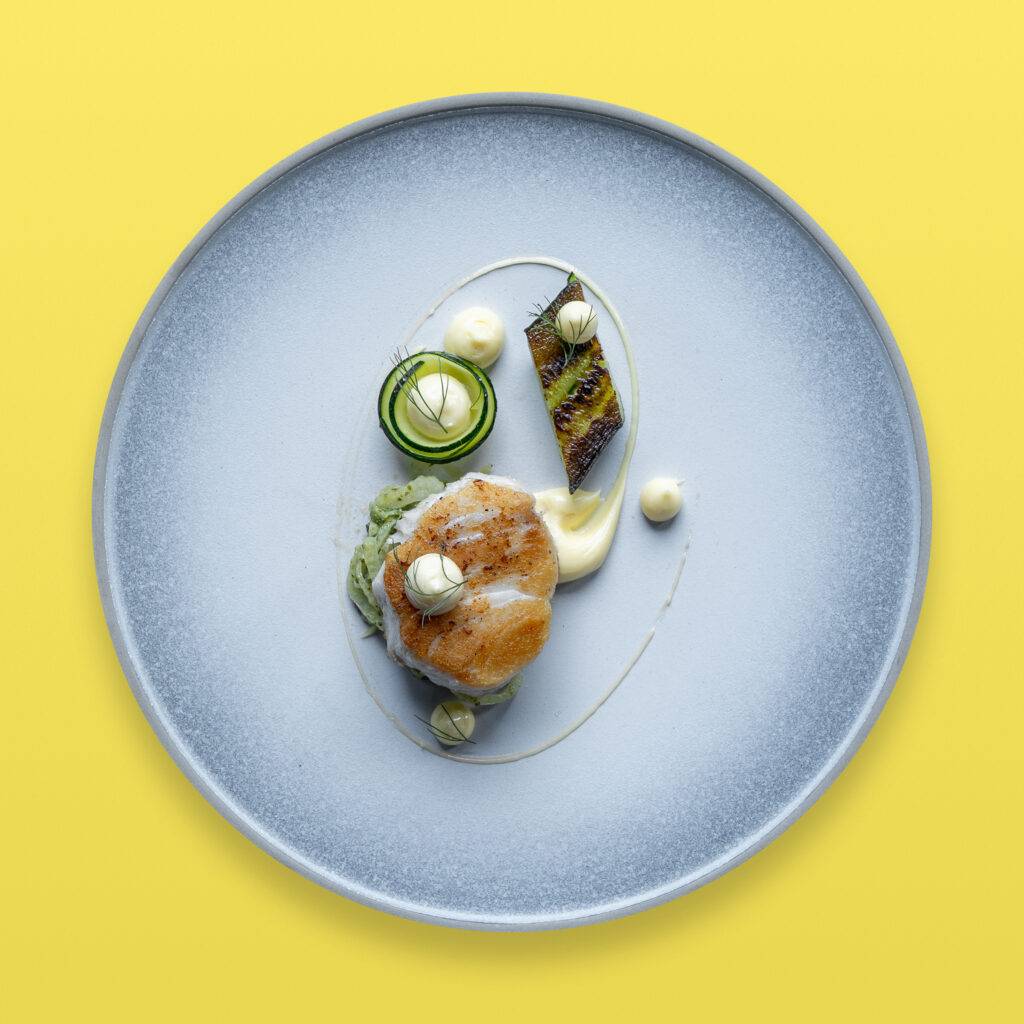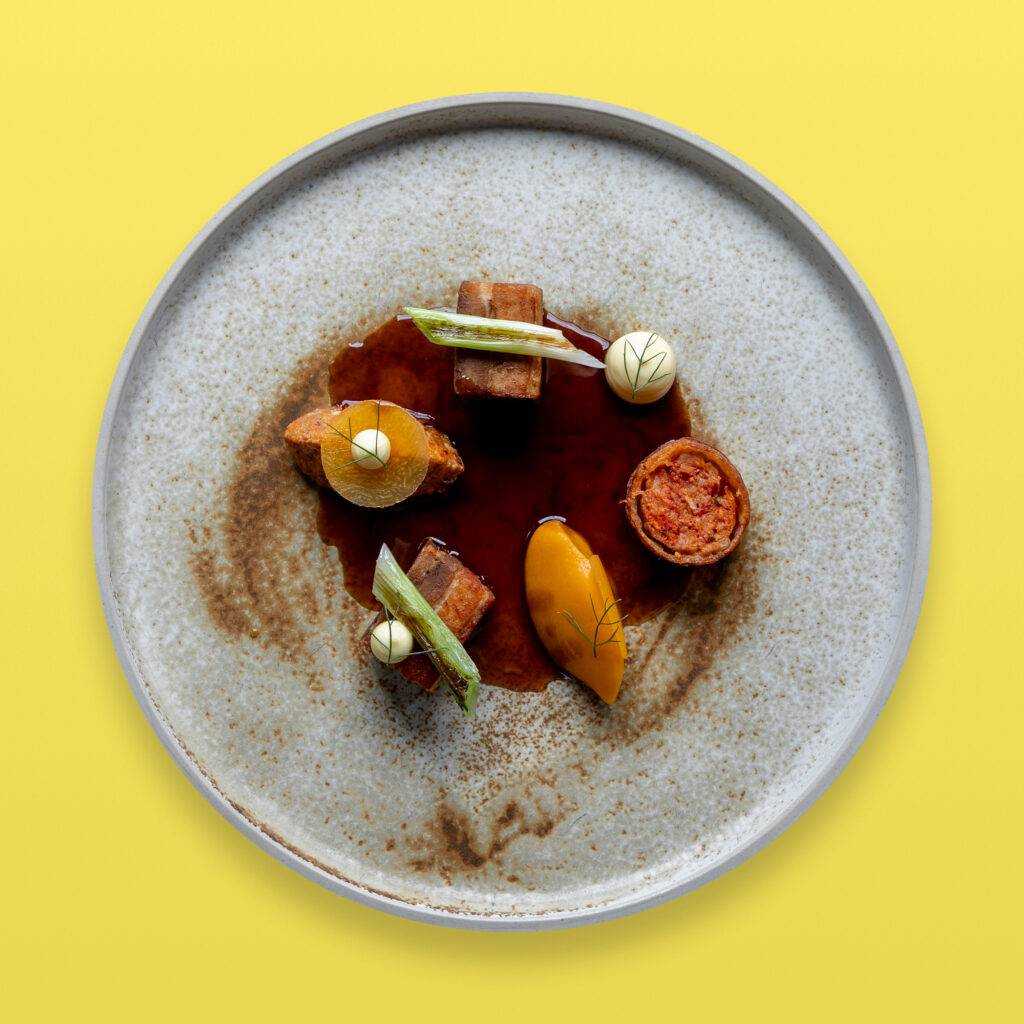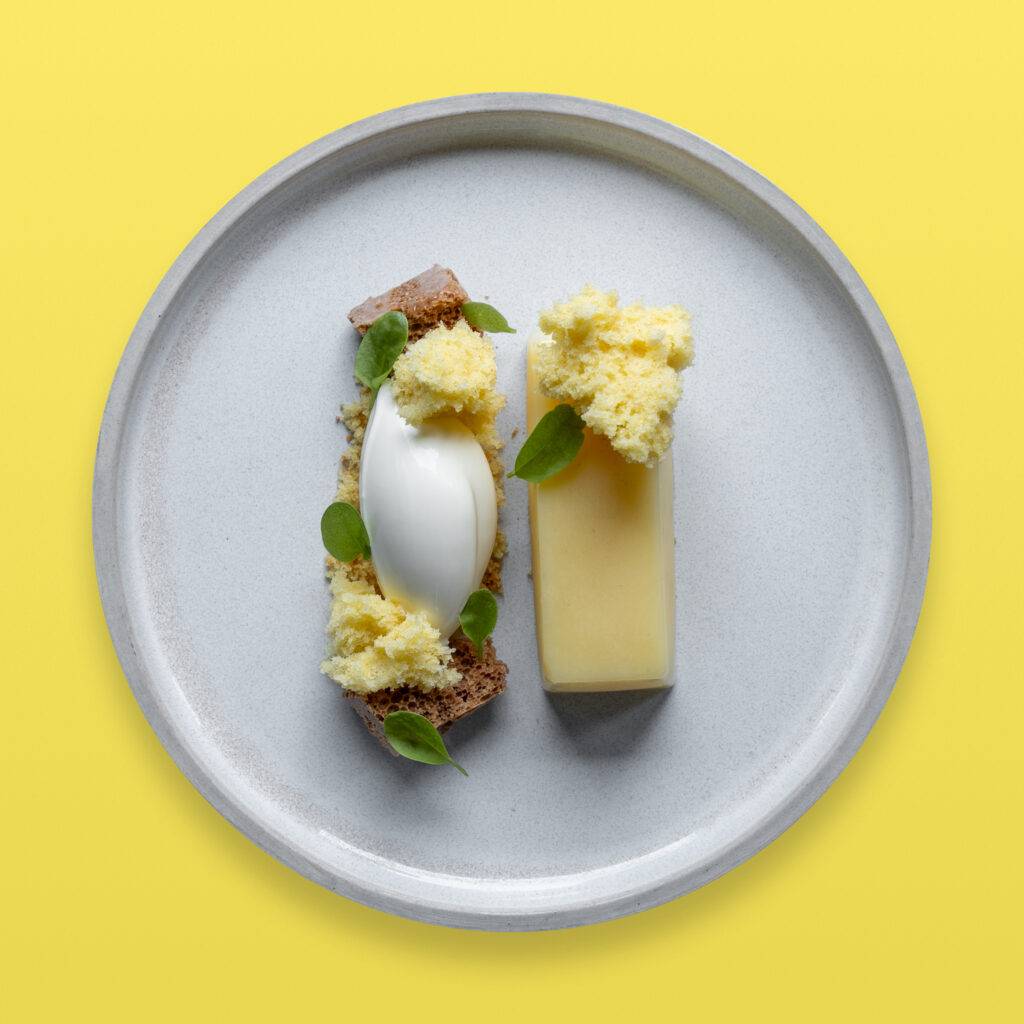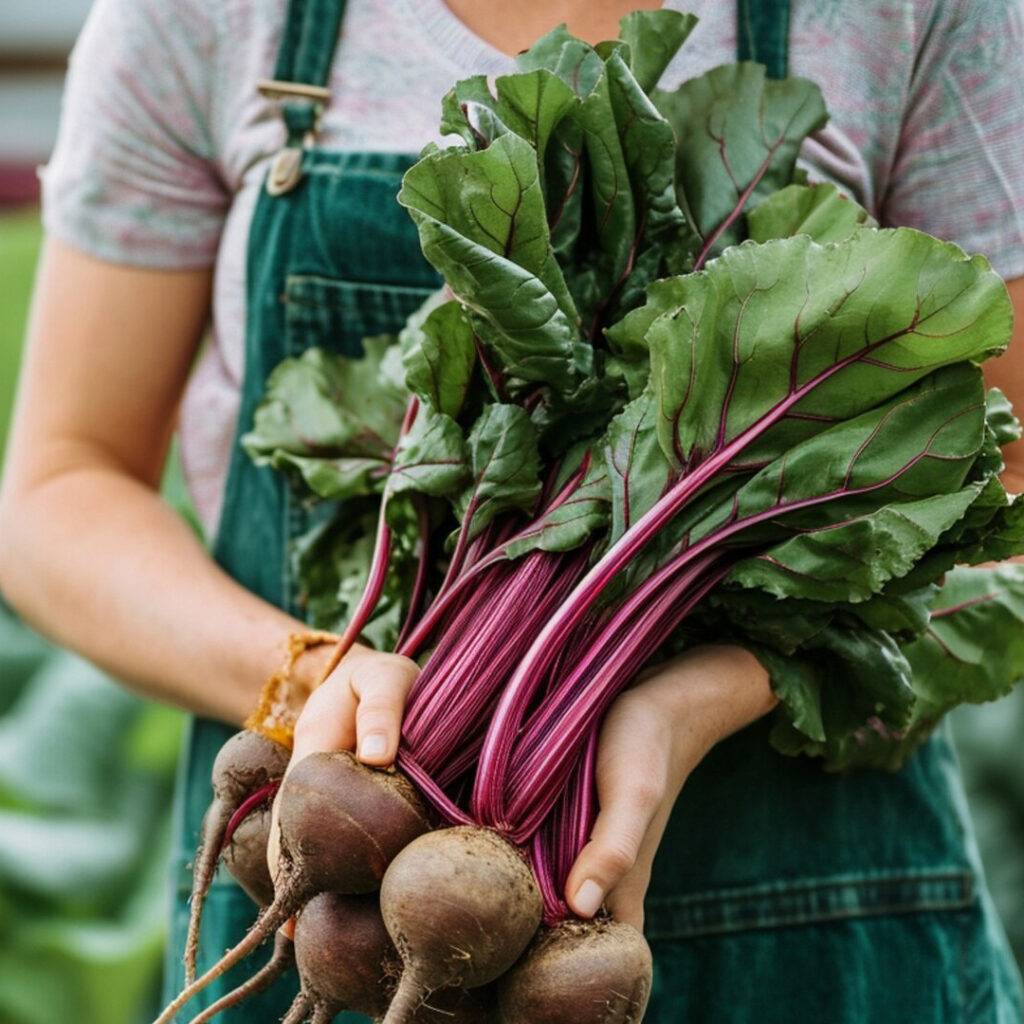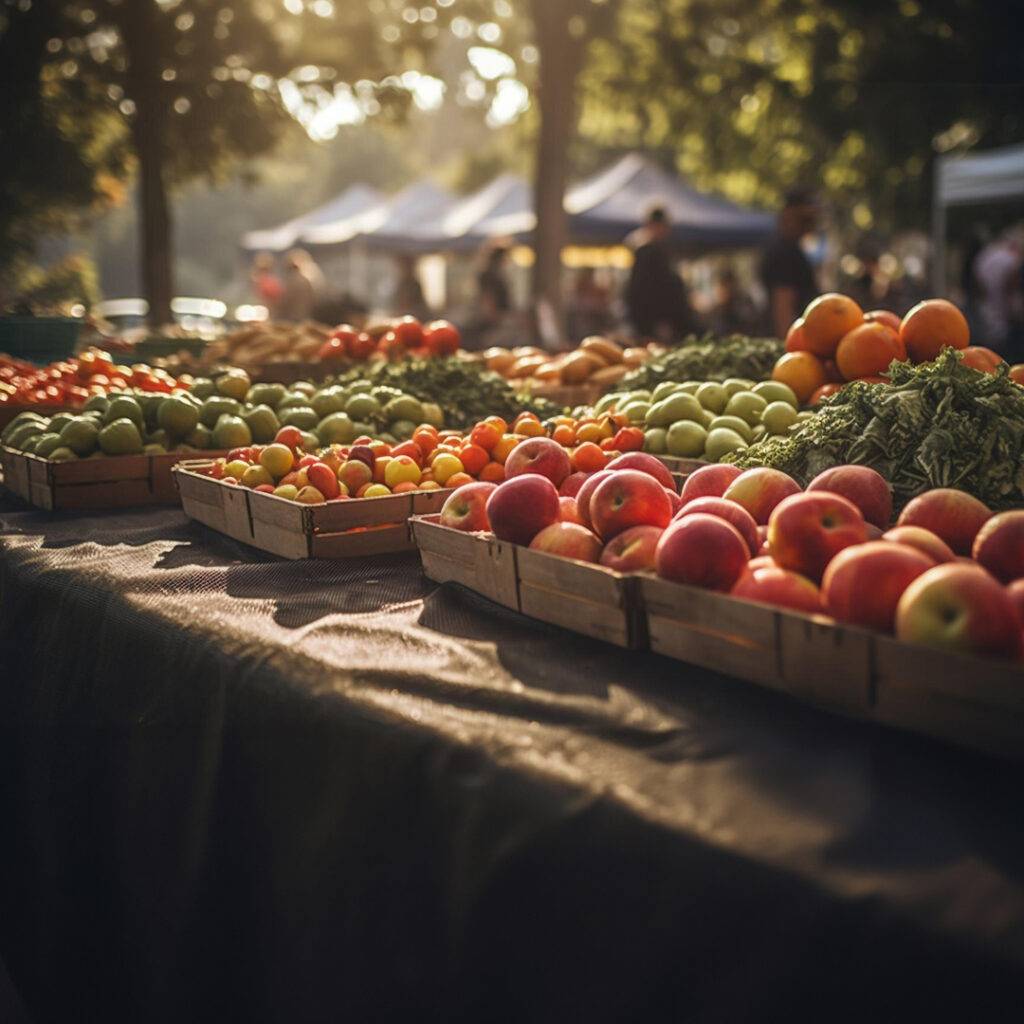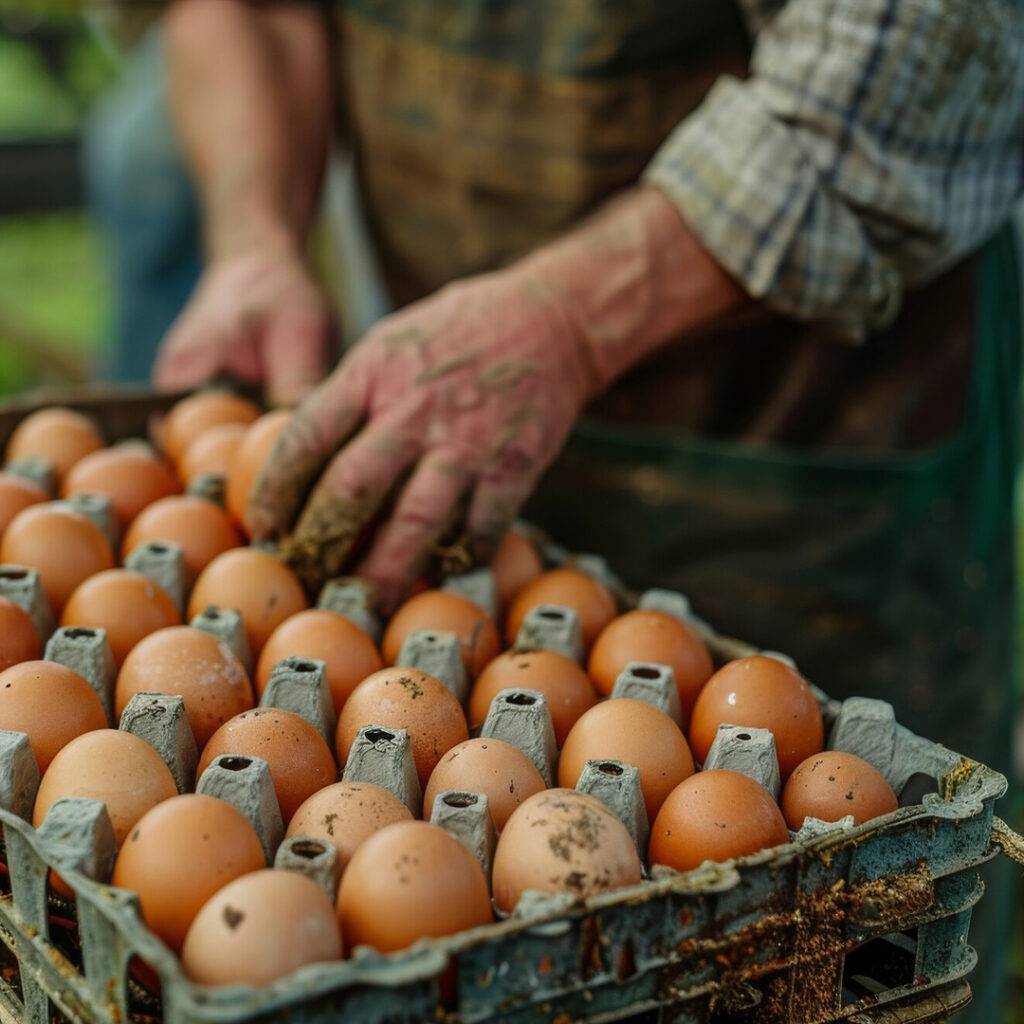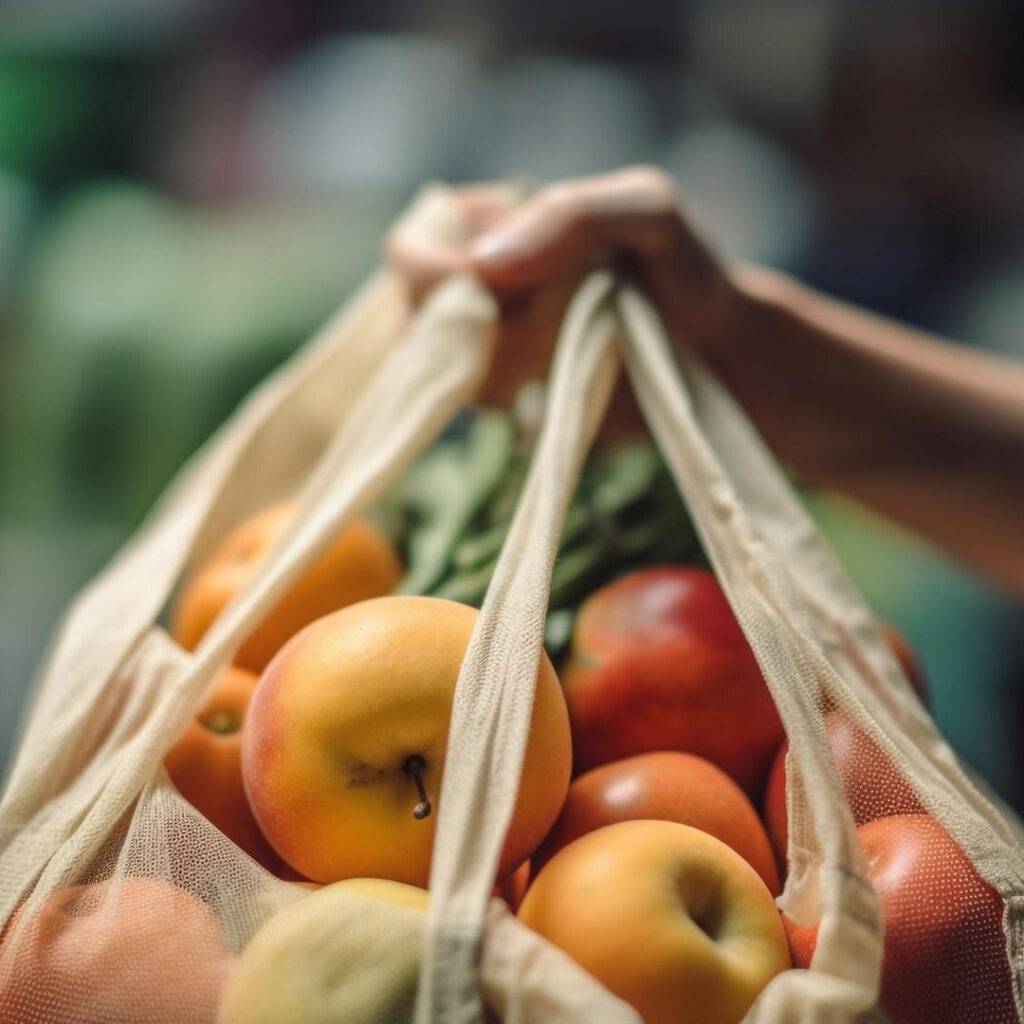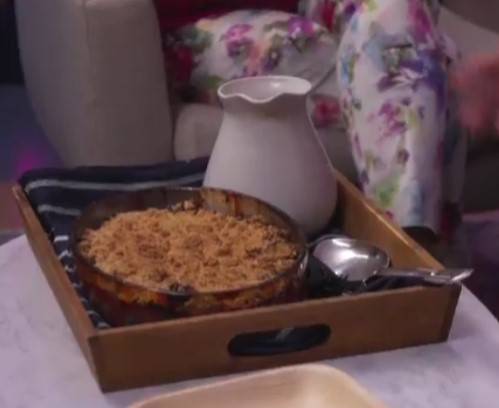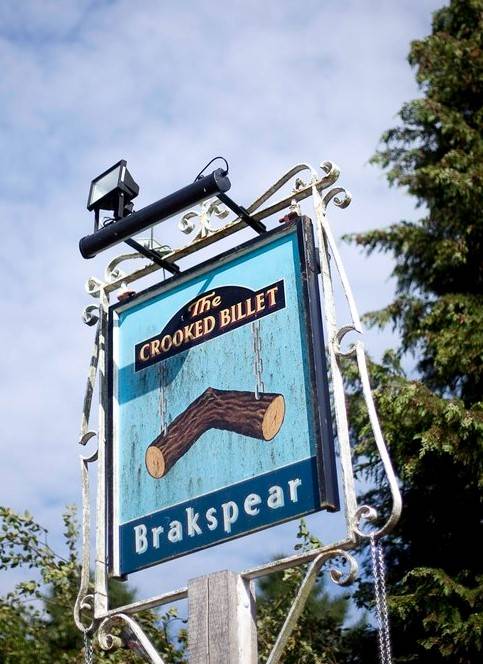Summer is the perfect season to sample the fare and flavours at your local farm shop, not only are you shopping local supporting homegrown growers but you’ll be helping the environment too
Farm shops are a feast for the senses from the fashion show of fruit and veg, succulent juicy meat, richly flavoured cheese and bread so fresh you can smell it as you walk through the door, what’s not to love!
Add in the high-quality fare is locally produced, often right on the doorstep, and you’re helping to protect the environment, boast personal service and by shopping there you are supporting local small businesses and everyone’s a winner.
Farm shops help produce a strong sense of community with many offering pick your own options, delis and cafes to enjoy on site and with produce available at local farmers’ markets shopping for healthy and nutritious food has never been easier.
Let Casey Fields Farm Shop off Dog Lane, Ashampstead RG8 8SJ take the worry out of supper for you with their growing range of ready to cook meals using ingredients from the farm shop and the farm’s finest meat. There are more than 50 award-winning local and British cheeses to feast on including local fave Village Maid Waterloo and pies from popular Reading maker Sweeney Todd are delivered daily, made using the same traditional methods for years. British and continental meats, fish and shellfish and fresh game all help to make this worthy of its local praise.
Nestling between Hungerford and Marlborough, you’ll find Cobbs Farm Shop & Kitchen, Bath Road RG17 0SP. The ‘ultimate food destination’, visit the farm shop for quality seasonal produce, butchery, deli, luxury ice cream, freshly baked bread, preserves, dairy goods, juices and biscuits and the cafe where the friendly team will look after you seven days a week. You can also pick up English sparkling wine from the nearby Alder Ridge Vineyard too. The children will be entertained in the bespoke wooden indoor play barn, Cobbs Play Barn. A series of converted cattle barns have been turned into a fabulous foodie destination at Englefield for Cobbs Farm Shop & Kitchen at Wickcroft Farm, Pangbourne Road, Theale RG7 5EA where you’ll find treats on a par with the Hungerford offering.
The award-winning butchery at Fernygrove Farm, Hawthorn Lane, Bracknell RG42 6HN will serve up everyday cuts, the joint for your Sunday roast and something special for when you want to treat yourself. Find fine English cheeses, locally baked breads, seasonal fruit and vegetables, as well as essential store cupboard items and sausage rolls, pate and pies in the farm shop once you’ve torn yourself away from the in-house made award-winning sausages, dry cured bacon and faggots. Their cooked breakfasts come highly recommended too!
Turophiles will love the array of cheese on the counters at Lockey Farm Shop, Sindlesham Road, Arborfield RG2 9JH with local award winners nestling among those from further afield, Barkham Blue or Stinking Bishop anyone? Cornish Pasties from Bodmin, olives and samosas also line the chillers. Indulge in lardy cake and other sweet treats and check out the wide range of beers, ciders and spirits from craft breweries near and far, who’s for Dr Squid Ink Gin?
The range of produce of offer at Hare Hatch Sheeplands would take more than one basket to carry so, deep breath, get ready to pick up fruit and veg, bakery, dairy, wines and spirits, craft ales, home baking, world foods, cold meat and fish, pies and pastries, free range eggs, honey, preserves and chutneys, sauces, snack and nibbles, confectionary, juice and flowers in London Road, Hare Hatch RG10 9HW.
A warm welcome awaits at the Wellington Farm Shop, Welsh Lane, Reading RG17 0LT, where shelves are overflowing with local food, kitchen and household essentials, gifts and grow your own herbs, fruits and veggies. Visit the award-winning butchery for your favourite cuts and ask them to prepare something for just you.
Shop in the shadow of Windsor Castle at the farm shop on the Windsor Estate, SL4 2RQ for traditionally reared local beef and pork and lamb from Bagshot Park. Handmade sausages are produced weekly and seasonal game is available too. At the deli counter choose from artisan cheeses and cooked meats and indulge in the selection of homemade pies, quiches, and sausage rolls, or treat yourself to a taste of the signature Bread Pudding. You need to be an early bird to enjoy the bread at The Jolly Baker as it always sells out before you can say “I’ll have…”.
‘What you see if Pig’ better known as WysiPig in Arborfield RG2 9JG is renowned for its pork products. While you’re buying your Sunday joint make sure you stop by the tearoom for one of the famous WysiPig breakfast baps.
A recent addition to Roves Farm Shop, Sevenhampton SN6 7QG is the zero waste pantry. Take along your own container to refill with pasta, beans, nuts, oil, grains etc and visit the Moo Station for locally sourced milk. Just buy a glass bottle from the farm shop and fill up or add a flavoured shot for a tasty milkshake to go. Artisan breads, free-range eggs, cheeses, fresh fruit and vegetables, homemade cakes, pies and quiches sit with an extensive range of store cupboard staple sauces, chutneys, pickled onions, jams and many more. Treat yourself to a craft beer, cider, ales, wines and spirits plus high quality chocolate and sweet treats.
Find more shops near you and if you’re elsewhere on holiday this summer at Fabulous Farm Shops
